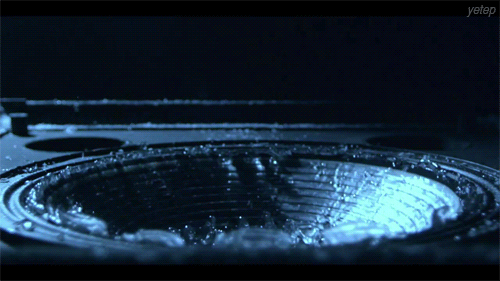
The subwoofer is the most loved and sought after component in anyone’s audio set-up, whether the person is a movie buff or a music lover. It is one component that makes or breaks a set-up.
A properly configured sub could create perfect low frequencies, filling your room with fuller, meatier yet crispy bass, while a not so tuned one could mean bloaty boomy bass; more of a noise than being it. There are two types of subwoofers: Active and passive. Depending on your requirements and expertise, each has its pros and cons.
Passive subwoofers are powered by an external amplifier. Subwoofers need more power than other speakers to reproduce low frequency sounds. The amplifier or receiver needs to be able to output enough power to sustain bass effects reproduced by the subwoofer without exhausting itself on the power supply.
To tackle the power and compatibility issues, powered subwoofers (also known as active subwoofers) are utilised. This type of subwoofer is a self-contained speaker or amplifier configuration in which the characteristics of the amplifier and subwoofer are optimally matched and both are encased in the same enclosure.
Another benefit of the powered sub is the hassle free single cable connection to the home theatre receiver or surround sound preamp. Powered subs substantially shed the power load off the receiver, allowing efficient power to the mid-range speakers and tweeters.
However, whether a subwoofer is passive or active isn’t at all a parameter of its performance and quality. It is all about convenience and accuracy. For a sound system to sound at its best, it is a must to set it up perfectly, and that is where the active ones score over passive.
Setting up a passive sub means you must have the exact knowledge of its power and frequency range to connect it to a compatible external amplifier.
A mismatch could result in blowing up the entire effort. However, if you do know how to set things right, then a passive sub could prove to be much better than active; giving you a better control of the power and frequency calibration.
Powered subwoofers have their own built-in amplifiers and do not depend on any limitations of external receiver or amplifier, which makes them very easy to use with home theatre receivers.
Almost all home theatre receivers come equipped with either one or two subwoofer pre-amp line outputs specifically designed to connect to a powered subwoofer.
Also, using a passive subwoofer is an expensive proposition compared to the active one.
Passive sub requires a dedicated external amplifier, which in most cases is more expensive than the subwoofer itself.
When purchasing a subwoofer to use with your home theatre, check to see if your home theatre, or AV receiver has a subwoofer preamp output (often labelled as Sub Pre-Out, Sub Out, or LFE Out). If so, then you can use the powered subwoofer.
To check if a subwoofer is passive or active, see whether or not it has a subwoofer line input. If it doesn’t, and rather only has speaker connections, means the subwoofer is passive. Having subwoofer line input means the sub is active. Rock it your way.